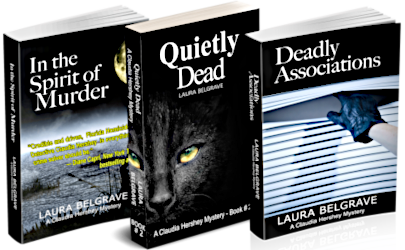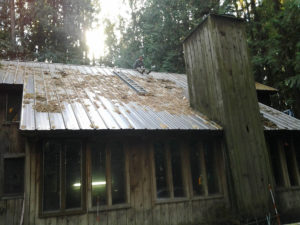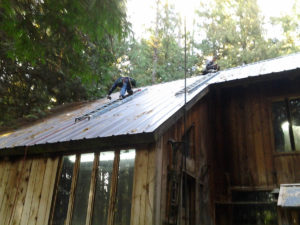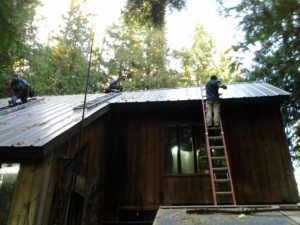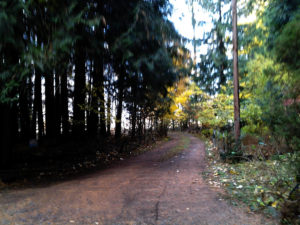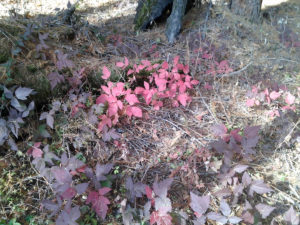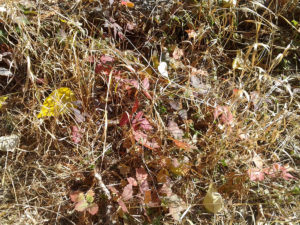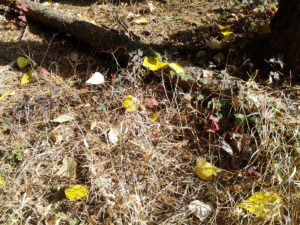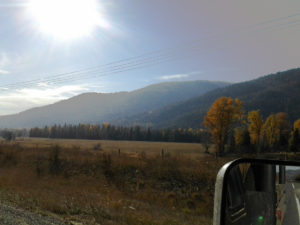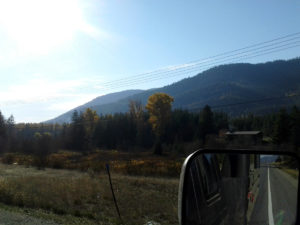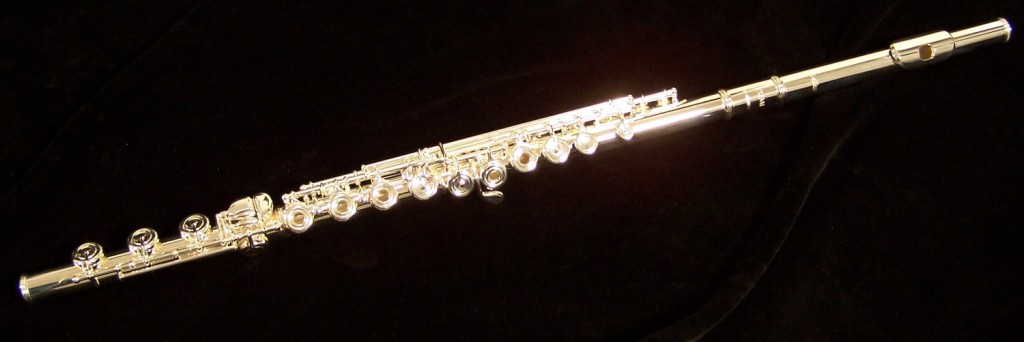
RELEASED: July 12, 2023
AVAILABLE AT AMAZON IN EBOOK (3.99) and PRINT. Also available to read for free on Kindle Unlimited!
Jessie & her dogs step right into the crosshairs of the desperate.
Missing kids, a missing mom, and a headless cadaver confound the Office of the Sheriff and lead Jessie and her dogs deep into the wilderness in search of someone determined not to be found. But the kids are there. So is the killer.
The story of a woman and her beloved dogs who keep on trying, though time is running out.
Clean, safe reading
No sex, gore, or profanity.
(And–spoiler alert–yes, dear reader, absolutely no dog dies in this book, either.)
NO AI content, guaranteed. All original D. L. Keur.
NOTE TO FANS: This is an ongoing series. It doesn’t stop here.
EDITORIAL REVIEWS
Mysteries are mental mazes, and this one had me going …and going. First, I couldn’t see the connection …and, even when the characters made the connection for me, it took till the end for me to slap my forehead and groan. Well done, D. L. Keur. And, as usual, the book tears at your heart and makes you laugh, too. And then, of course, there’s the consequences to BOTH my dog’s and my diet. The food!! Beware the food scenes! —L. L. Alexander, freelance editor
I am so glad that somebody believes in good and, no matter what, kept going to find the missing. I was so afraid, but, when the end came, the rewards were worth the nail-biting tension. A really good read! —Joanne Robinson, mystery lover
I think what I like best about this author’s work is that the handling is consistently real. I went back and read the first four that I had not read before being asked to beta read number 5, Dead Falls, and reading that in beta, before editing, I was hooked. So when number six came my way, I jumped in. This author knows her world, her characters, and the life and story situations are so real it makes one wonder if this isn’t actually non-fiction dressed as fiction. I really feel like, were I to travel to Idaho and chase them down, they’d be there real-time. Troubled Pursuit is an excellent book and a great continuation of a great series. —Mark Peterson, crime and mystery reader
